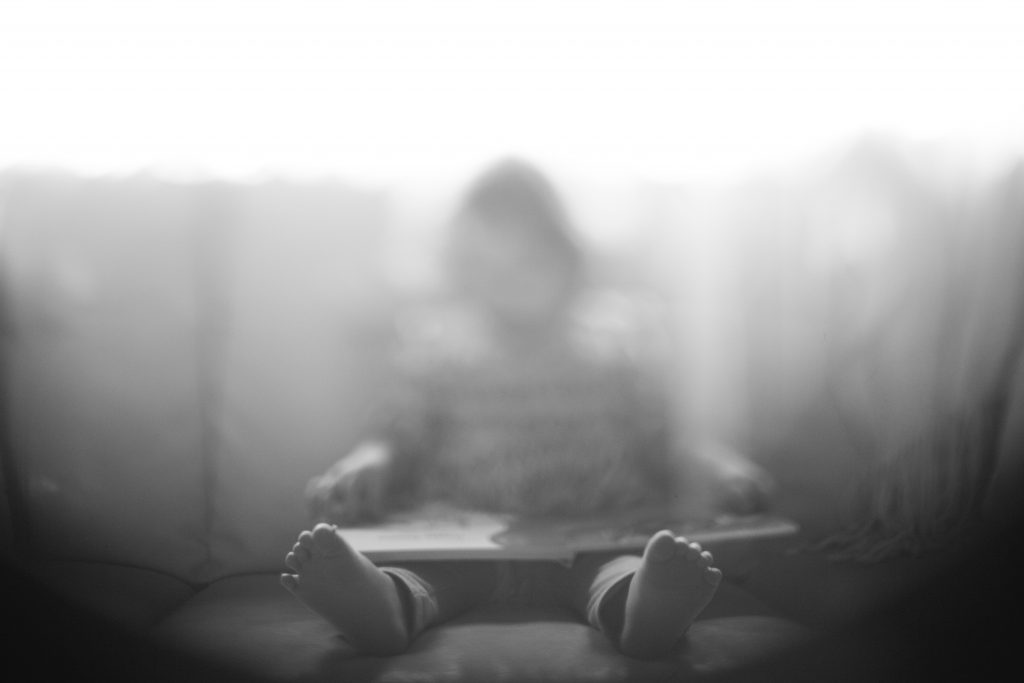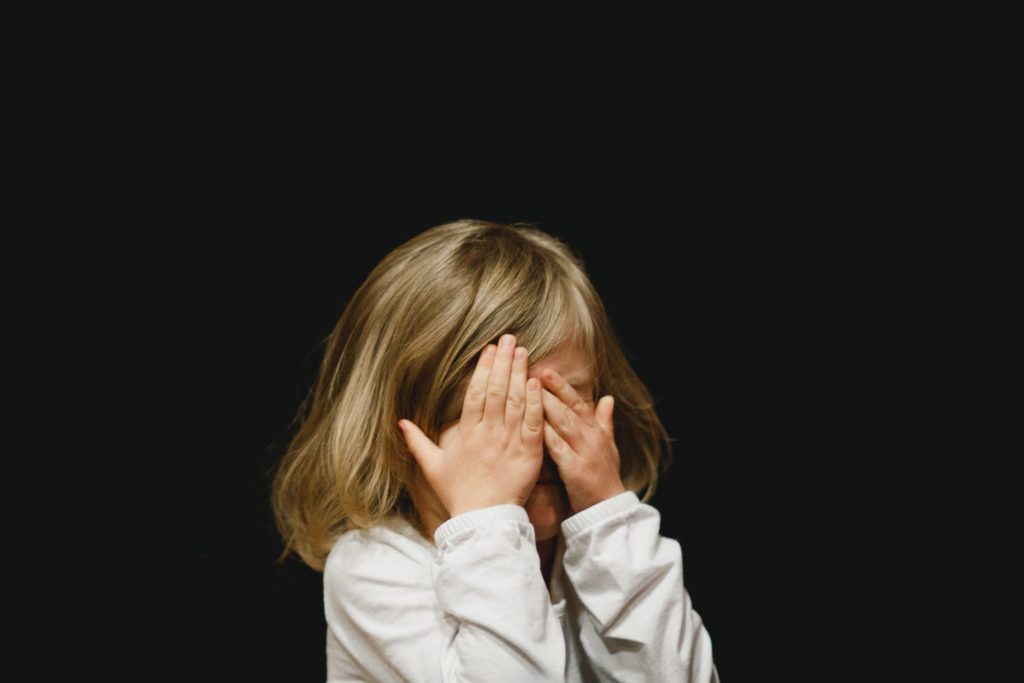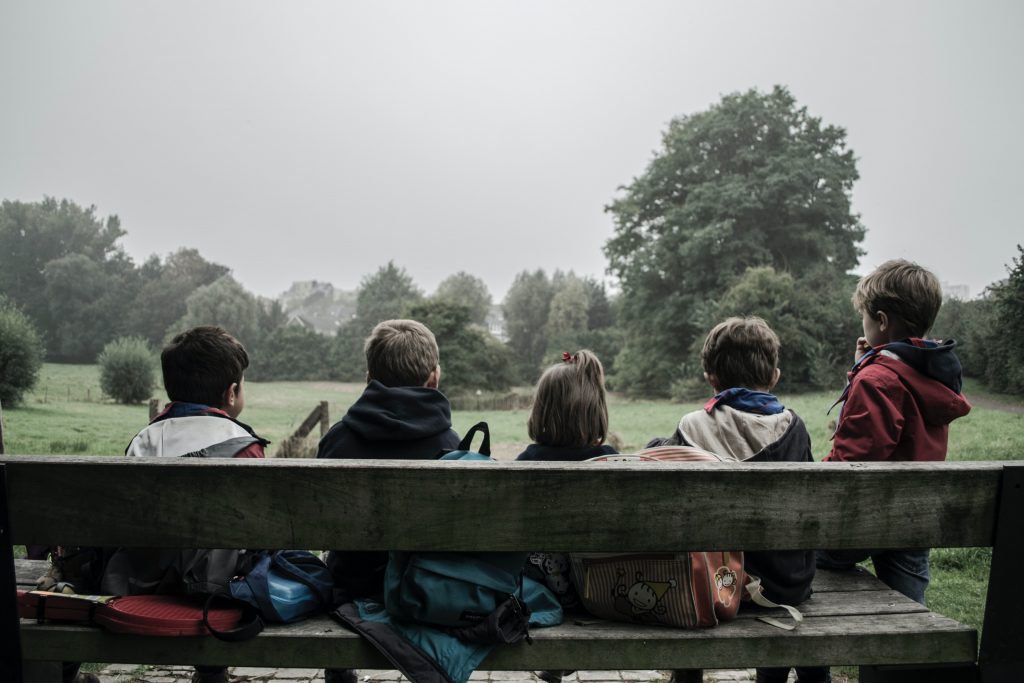Disclaimer: We acknowledge that there are many different words that individuals use to describe themselves after experiencing sexual assault. In this article we use the term “victim” for the sake of consistency. We acknowledge that there are many different ways of processing sexual violence, and we believe each individual person should choose the language that they are most comfortable with.
Overview

Many children are victims of childhood sexual abuse. There are several physical, mental, emotional, and behavioral indicators of possible sexual abuse. It is important to be aware of these indicators if you have any suspicions.
What is Sexual Abuse?
Sexual abuse is defined as any unwanted sexual behavior by a perpetrator who threatens, uses physical force against, or does not receive consent from a person.1 Anyone can be a victim of sexual abuse regardless of gender, age, or race. Anyone can also be an abuser regardless of these same factors.
Sexual Abuse in Children
Child sexual abuse is defined as any sexual behavior with a minor committed by an adult or older adolescent.1 Legally, minors cannot give consent for any sexual activity with an adult or older adolescent. Perpetrators who commit sexual acts with children are not only breaking the law, but also causing harm to the child that could have lasting effects. Sexual abuse of a child can include the following:1
- Physical contact including fondling, intercourse, oral sex, and anal sex
- Sex trafficking
- Exhibitionism
- Pornography
- Any other sexual activity.
Approximately 93% of child sexual abuse cases include a perpetrator known to the victim.2 Typically, the perpetrator abuses the child due to the child’s vulnerability and not because of their own sexual orientation.1 A heterosexual male may abuse a male child is just as likely as abusing a female. The same applies for female abusers.
Indicators of Sexual Abuse in Children
Because the perpetrator is often someone the child knows, it can be very difficult to identify characteristics of abuse. Often times the abuser will convince the child that the sexual activity is normal or persuade them to remain silent with the use of threats.
Behavioral and physical characteristics may indicate the possibility that a child is being sexually abused. Some sexually abused children do not exhibit these traits and some children who have never been sexually abused can exhibit these indicators. It can be very difficult to tell when a child is being sexually abused because, more often than not, children will not explicitly say they were abused or even know they are being abused. Therefore, it is important to notice changes in a child’s behavior, mood, actions, appearance, etc. These characteristics are merely possible indicators, rather than proof of abuse.
Behavioral Indicators of Sexual Abuse in Children
A child who is being sexually abused may display certain behaviors. The following are examples of these types of indicators;

- A child may act out aggressively and displace their negative feelings toward their perpetrator onto others.
- A child may seem disconnected, unwilling to engage with peers, or seem obsessed with fantasy worlds.
- A child may develop phobias or become afraid of certain rooms or areas of a house.
- A child may attempt to escape the abuse by running away, which can be an indirect way for a child who feels powerless to ask for help.
- A child may have difficulty engaging in physical activities because it is painful to participate in active games and sit during school.
- A child may exhibit sleep disturbances such as frequent nightmares or bedwetting episodes.
- A child may allude to their abuse indirectly by making comments such as, “I want someone to adopt me” or saying they do not like the perpetrator.
- A child may possess age-inappropriate, explicit sexual knowledge.
- A child may exhibit age-inappropriate sexual behaviors with adults, peers, toys, or themselves.
It is important to be aware of these behaviors in order to help the child.
Behavioral Indicators in Older Children
Older children may display the same behaviors as younger children, as well additional behaviors. The following are examples of indicators of sexual abuse found in older children;
- Adolescents who are being sexually abused may develop eating disorders, anxiety, and/or depression.
- Adolescents may abuse drugs or alcohol to cope with the abuse.
- Adolescents may be excessively promiscuous or engage in prostitution.
- Adolescents may try to prevent abuse by making oneself as unattractive as possible.
- Older Children may experience suicidal thoughts or suicide attempts.
- Older children may possess an unexplained accumulation of gifts or money from the abuser to buy their silence.
Older children experiencing sexual abuse are not limited to these behaviors. It is importan to take note of any additional changes in behavior.
Physical Indicators of Abuse in Children
There are also numerous physical indicators of possible sexual abuse in children. The following are a few examples;
- A child may contract sexually transmitted infections.
- A child may become pregnant.
- A child may have the presence of semen around the genitals or on clothing
- A child may experience or complain of pain or itching in the genital area.
- A child may be unable to sit comfortably or may walk with a limp.
- A child may have torn, bloody, or stained clothes or underwear.
- A child may frequently stick foreign bodies in their rectum or vagina.
- A child may have frequent urinary tract infections or yeast infections.
- A child may have bleeding, bruises, or lacerations on the external genitalia, vaginal, or anal areas.
- A child may also have bruises on other body parts such as the abdomen, arms, or legs.
An abused child is also not limited to these physical indicators. There may be a variety of other physical abuse.
What To Do If You Suspect a Child is Being Abused

If you suspect that a child is being sexually abused, it is important to step up and protect the child in any way that you can. You may first want to try to talk to the child directly; however it is important to be aware of the situation, and the tone of voice in which you speak to the child. Try to make the child as comfortable as possible, stay calm, and do not use threatening language. Try to use vocabulary that the child is comfortable with and avoid any language that is too difficult for the child to understand.
It is also important to allow the child to speak and listen to what they have to say without pressuring them to say something in particular. Do not judge the child and avoid blaming the child for any behaviors. It is important to reassure them and let them know that you are there to help them. These conversations may be very difficult for the child; be patient and make sure the child knows that they are not in trouble. If you still suspect the child may be experiencing sexual abuse after your discussion, it is important to report the abuse to the proper authorities like Child Protective Services. Victims of child sexual abuse cannot protect themselves and need an adult to stand up for them.
If you are unable to talk to the child, it is important to seek outside help. Either going to your boss, or even going straight to the authorities. It is always better to be safe and report your suspicions than waiting until something drastic happens. The police or Child Protection Services will be able to help the situation.
Depending on your role in the child’s life, you may be a mandated reporter. Many professions, such as those in education, are mandated reporters. In this case, you will be legally forced to report your suspicions to the authorities. In any case, be sure to let the child know that you are going to get someone who can help. Make sure the child is safe. If you can, do not leave them with their suspected abuser.
Resources
We encourage you to try your best in addressing the situation. It may be an uncomfortable situation, but the child is in need of your help. The following hotlines may be useful in seeking information or reporting suspicions of child sexual abuse:4
- In an emergency, call 911.
- National Child Abuse Hotline: (800)-422-4453
- National Sexual Assault Hotline: (800)-656-4637
Concluding Remarks
Child sexual abuse can have long lasting and devastating effects on a child. It is important to know the signs of sexual abuse in order to be prepared to intervene if abuse is suspected. These victims need adults to protect them because they are unable to do so themselves. Recognizing the signs of sexual abuse in children is the first step in protecting them.
References
- “Child Sexual Abuse.” Child Sexual Abuse | RAINN. N.p., n.d. Web. 15 Apr. 2017.
- “Indicators of Sexual Abuse | Child Matters – Educating to Prevent Child Abuse.” Child Matters CPS. N.p., n.d. Web. 15 Apr. 2017.
- South Eastern Centre Against Sexual Assault & Family Violence. “Indicators of Child Sexual Abuse.” South Eastern Centre Against Sexual Assault & Family Violence. South Eastern Centre Against Sexual Assault & Family Violence, n.d. Web. 15 Apr. 2017.
- “Preventing Child Sexual Abuse Resources.” Preventing Child Sexual Abuse Resources | National Sexual Violence Resource Center (NSVRC). N.p., n.d. Web. 15 Apr. 2017.
Last Updated: 14 April 2017.
